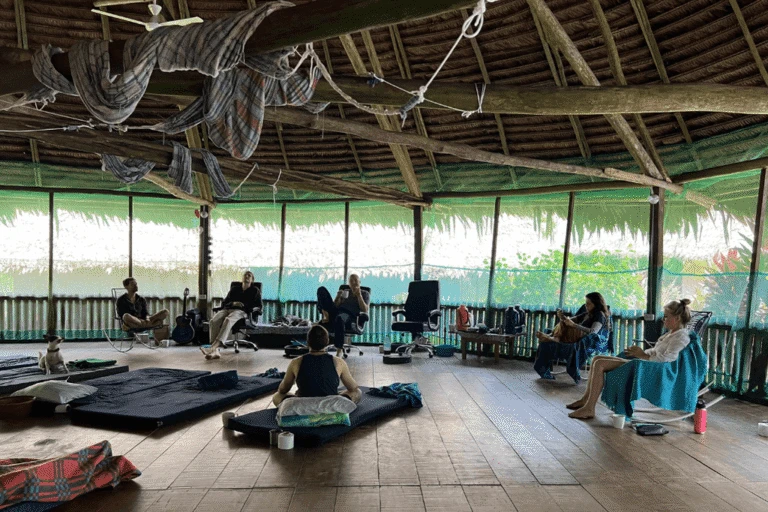One of the most effiecient “safety-switches” in any psychedelic experience is precisely knowing how to breathe properly. Learning how to breathe during the intensity of a psychedelic “trip”, while you’re going through your darkest traumas, aligns you with your center and gives you mental room to take in the experience and react from a higher state of consciousness.
Taking that into consideration, it’s easy to imagine how proper breathing technique can improve our daily life. Breathwork has been used to help individuals manage stress and anxiety, improve their focus and concentration, increase their energy levels, and enhance their overall health and well-being. It is often used in combination with other forms of therapy, such as meditation, mindfulness, and yoga, to help individuals achieve optimal health and wellness.
Having said that, let’s explain what breath work is and offer some practices that you can do by yourself.
Breath work, coming from pranayama, is a holistic practice that involves focusing on the breath and using specific breathing techniques to improve physical and emotional well-being. It can be done through a variety of methods, such as controlled breathing, chanting, and even singing.
There are many benefits to incorporating breath work into your daily routine. It can help to reduce stress and anxiety, improve sleep, and boost the immune system. It can also increase self-awareness and help individuals tap into their emotions and inner wisdom, and there are recent studies that prove that breath work can help access and deal with traumatic memories, which makes it extremely helpful tool for psychotherapy.
Types of Breathwork
There are numerous types of breathwork practices, but some of the most prevalent in the popular culture are:
- Pranayama: A yogic practice that involves breathing exercises aimed at increasing energy flow and relaxation.
- Holotropic breathwork: A practice that involves rapid and deep breathing with music to facilitate emotional release and self-exploration.
- Wim Hof Method: A practice that involves controlled breathing, cold exposure, and meditation to improve physical and mental resilience.
However, the type of breathwork that we teach here at Blue Morpho is Shamanic Breathwork.
Shamanic breathwork is a type of breathwork that incorporates elements of shamanic practices and spirituality. Like other types of breathwork, it is used as a tool for personal growth, self-discovery, and healing.
In shamanic breathwork, individuals are guided through a specific breathing technique that is designed to activate their natural healing process and help them connect with their inner wisdom and spiritual guides. The technique involves rhythmic and deep breathing, accompanied by music and other sensory stimuli.
During the session, individuals may experience a range of physical, emotional, and spiritual sensations. They may experience feelings of euphoria, release of emotional blockages, or a deep sense of peace and connection with their higher self or spiritual realm.
Shamanic breathwork is often used to help individuals release emotional trauma, overcome limiting beliefs, and access deeper levels of self-awareness and spiritual understanding. It is commonly practiced in group settings or one-on-one sessions with a trained practitioner or a Shaman.
It is important to note that shamanic breathwork should only be practiced under the guidance of a trained practitioner, as the experience can be intense and may trigger emotional or spiritual experiences that require support and guidance.
Breathwork that you can do at home
One of the most basic and widely used breath work techniques is the 4-7-8 method, also known as the “relaxing breath.” To practice this technique, follow these steps:
- Find a comfortable seated position with a straight back and close your eyes.
- Place the tip of your tongue on the ridge of your gums, just behind your top front teeth.
- Exhale completely through your mouth, making a whoosh sound.
- Close your mouth and inhale quietly through your nose to a mental count of four.
- Hold your breath for a count of seven.
- Exhale completely through your mouth to a count of eight.
- This completes one breath. Now inhale again and repeat the cycle three more times for a total of four breaths.
The 4-7-8 technique can be done anytime, anywhere, and is a great tool to use when you’re feeling stressed or overwhelmed. It only takes a few minutes to practice, and can have a powerful calming effect on the mind and body.
Another popular breath work technique is alternate nostril breathing, or nadi shodhana. This technique is said to help balance the two hemispheres of the brain and promote a sense of calm and clarity. To practice nadi shodhana, follow these steps:
- Find a comfortable seated position with a straight back and close your eyes.
- Place your right hand on your right nostril and your left hand on your left knee.
- Exhale completely through your nose.
- Inhale through your right nostril, then close it off with your right thumb.
- Exhale through your left nostril, then inhale through the left nostril.
- Close off the left nostril with your right ring finger, and exhale through the right nostril.
- This completes one round. Continue for several more rounds, always starting and ending with an exhale through the right nostril.
Nadi shodhana can be practiced for as little as a few minutes at a time, or for longer periods if desired. It’s important to listen to your body and not push yourself too hard. If you start to feel dizzy or lightheaded, take a break and come back to it when you’re feeling more grounded.
In addition to these two techniques, there are many other breath work practices to explore, such as ujjayi breath, lion’s breath, and Kapalabhati. It’s important to find what works best for you and to be consistent in your practice. Breath work can be a powerful tool for improving physical and emotional well-being, and the more you practice, the more benefits you are likely to experience.
It’s also important to keep in mind that breath work is not a substitute for medical treatment, and if you are experiencing severe physical or mental health issues, it’s important to seek professional help. However, for those who are looking to improve their overall well-being and reduce stress, breath work can be a valuable addition to their self-care routine.
If you want to learn more about breathwork, how to do it alone, or even to teach others, consider visiting Blue Morpho Academy, where our trained and experienced professionals can provide you with all the knowledge you might need.
Experience 4 Blue Morpho Ayahuasca Ceremonies on your Ayahuasca Retreat in Peru
Twenty years, serving over 5000 satisfied guests from over 100 countries.
bluemorpho.org






